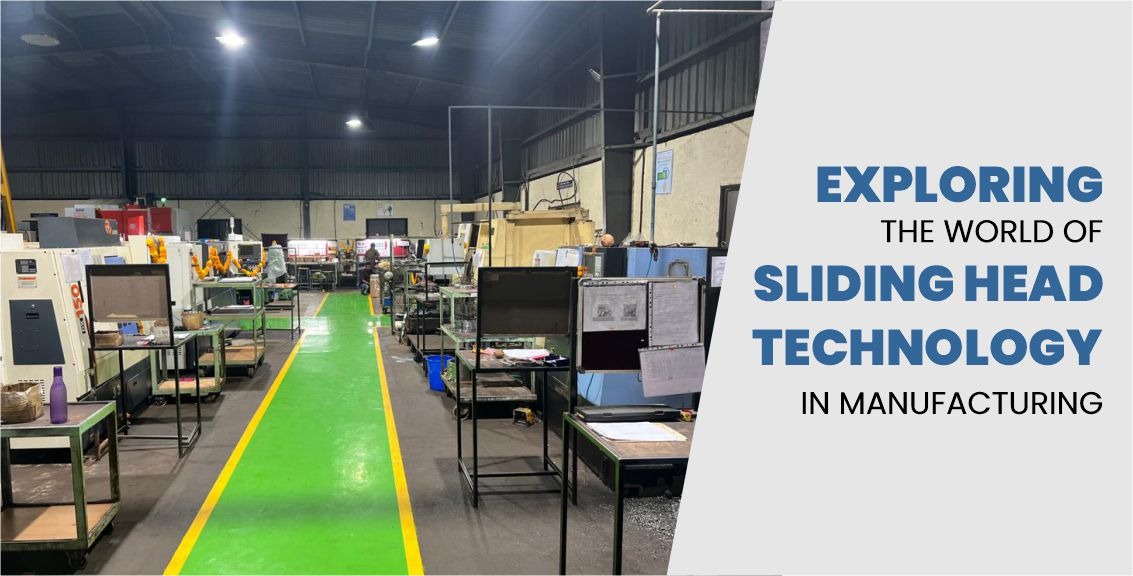In the dynamic realm of manufacturing, precision and efficiency are paramount. One technological innovation that has significantly contributed to achieving these goals is the sliding head technology. This cutting-edge approach has revolutionized the machining industry, offering enhanced precision and versatility in the production of intricate components.
If you are looking for a quality sliding head machine, check out Efficient Precision. This company is the premier supplier, manufacturer, exporter, and distributor of sliding heads in Pune, India. In this article, we delve into the intricacies of sliding head technology, its applications, and the impact it has had on modern manufacturing processes.
Sliding head technology is predominantly associated with CNC (Computer Numerical Control) machining, particularly in the realm of lathes. Unlike conventional lathes, where the workpiece is clamped and rotated, Sliding Head lathes allow for the machining of complex and small-diameter components. The defining feature of a sliding head lathe is its ability to move both the cutting tool and the material, offering unparalleled precision in the manufacturing process.
Key Features and Advantages:
- Reduced Material Waste: Sliding head lathes excel in minimizing material waste. Their ability to efficiently process smaller workpieces reduces the amount of raw material required for production, contributing to cost-effectiveness and sustainability.
- Enhanced Precision: The simultaneous movement of the cutting tool and the workpiece allows for intricate and precise machining. This is particularly beneficial in industries where components with tight tolerances are crucial.
- Versatility: Sliding Head technology is versatile, accommodating a wide range of materials and geometries. This adaptability makes it suitable for industries such as aerospace, medical, and electronics, where diverse and intricate components are common.
Applications of Sliding Head Technology:
- Medical Industry: Sliding head lathes are widely used in the production of medical implants and devices due to their ability to handle small, intricate components with precision.
- Aerospace Sector: The aerospace industry benefits from Sliding Head technology in the manufacturing of complex and lightweight components, such as turbine blades and aircraft parts.
- Electronics Manufacturing: The electronics sector utilizes sliding head lathes for the production of connectors, pins, and other small components critical to electronic devices.
Conclusion:
In conclusion, Sliding Head technology stands as a testament to the continuous evolution of manufacturing processes. Its ability to deliver precision, reduce waste, and enhance productivity positions it as a valuable asset in various industries. As technology continues to advance, we can expect further refinements and broader adoption of sliding head technology, shaping the future of precision machining.




